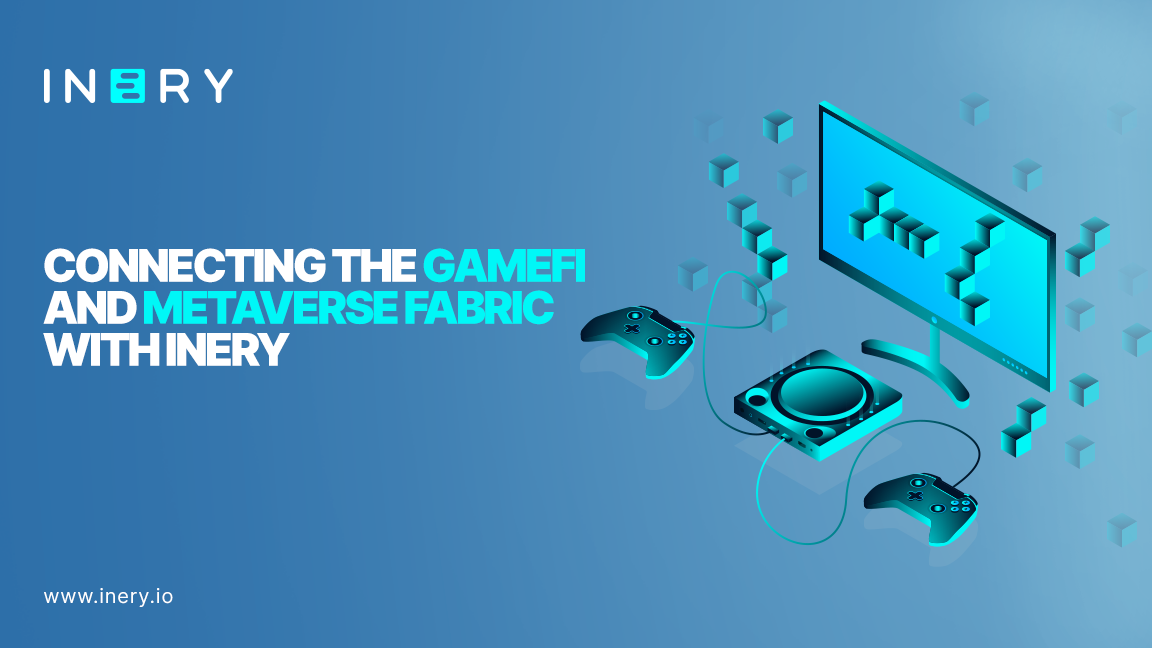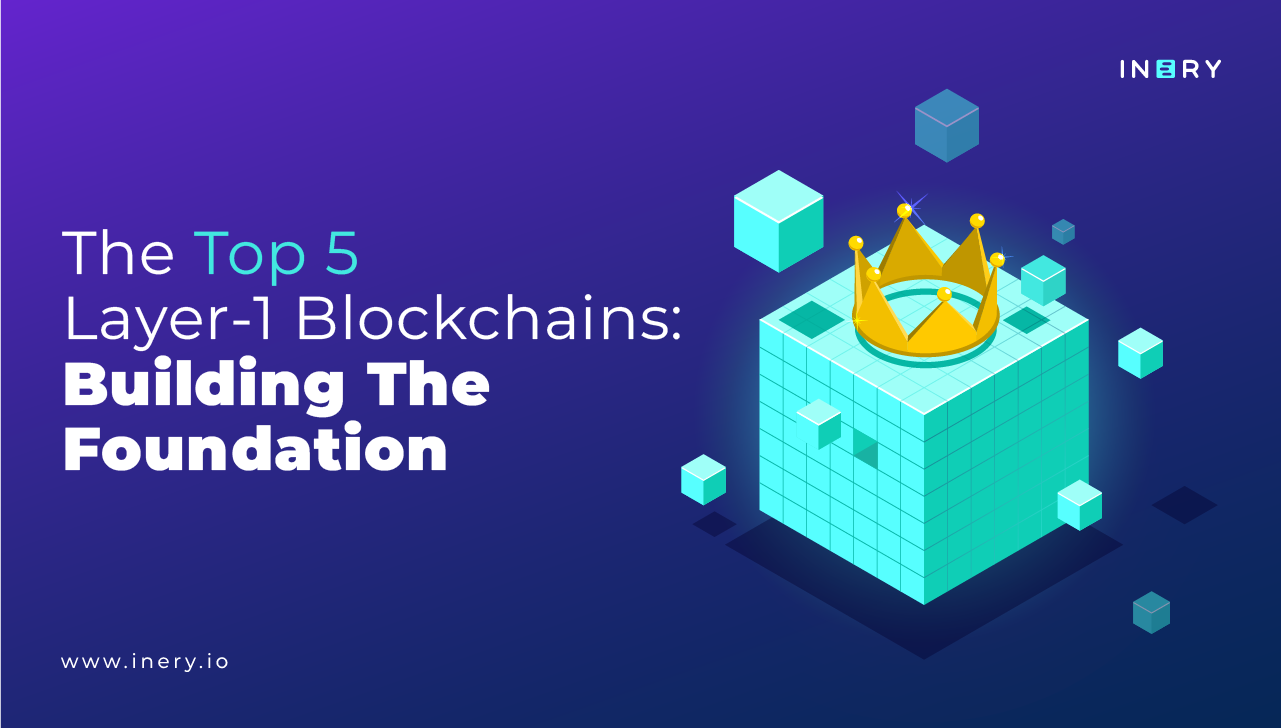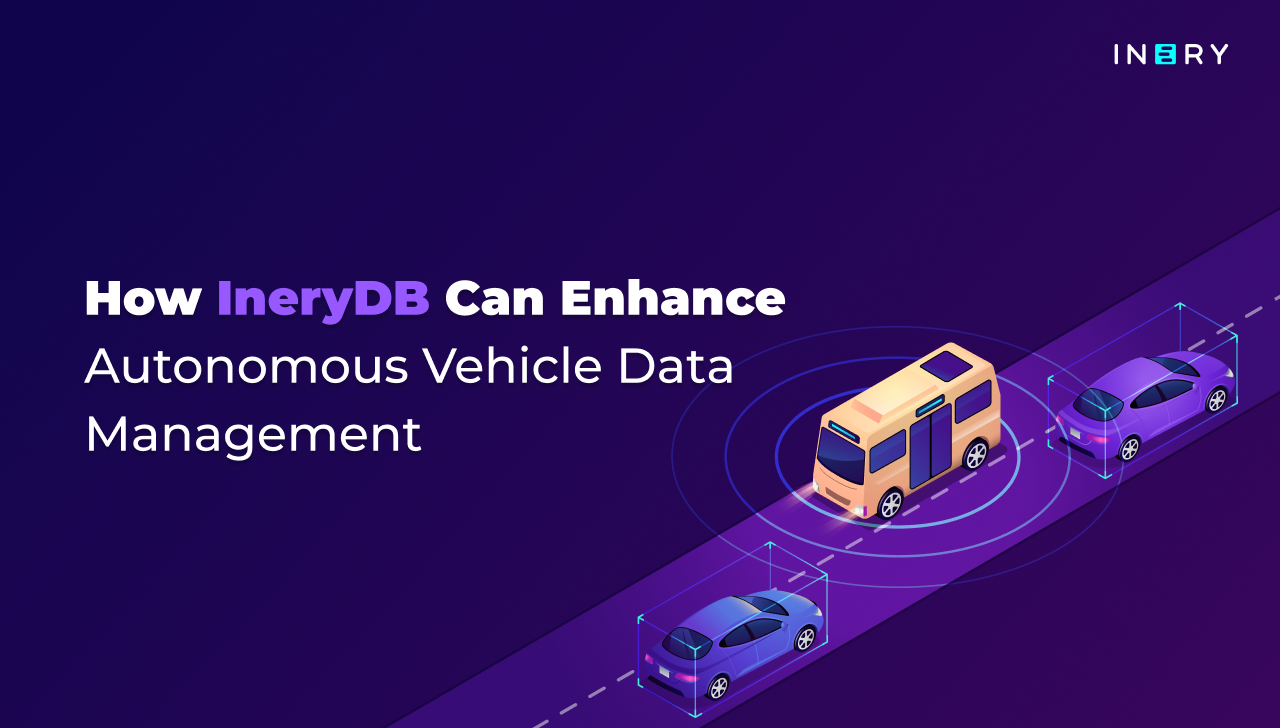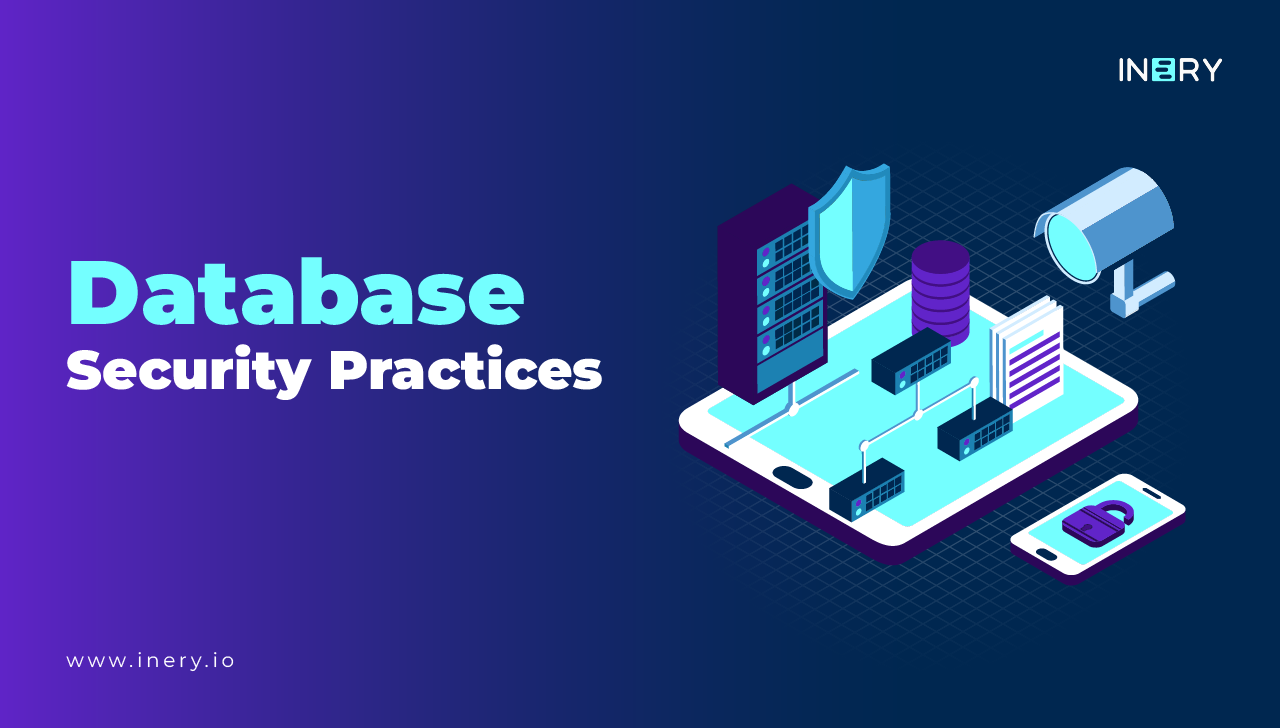Layer-1 blockchains offer a reliable foundation for decentralized projects. The core layer performs the main functions of the chain like consensus or block and coin production. Meanwhile, layer 2 covers the weak points of layer 1, such as scalability.
This is why layer-1 blockchains are so popular: the core blockchain provides security and decentralization, whereas the blockchain built on top oils up transactions to better meet growing network traffic. While many dApps are built on pre-existing layer-1 chains, some of the biggest cryptos and Web3 programs have their own L1.
Below is a top-five list of layer-1 blockchains. Mind you, this isn’t a list of the best-performing chains by market cap. Rather, it consists of projects with a combination of value, robustness, and flexibility that makes them unique in the blockchain world.
Ethereum
We’d be remiss to leave out Ethereum, one of the biggest layer-1 blockchains on the market. It provides a platform for around 4,000 dApps for DeFi, gaming, exchanges, and a whole host of other use cases. In fact, much of the initial growth of and interest in dApps and Web3 could be attributed to Ethereum.
One of the biggest value propositions of Ethereum is the smart contract. These protocols automatically execute transactions, but only if they satisfy previously defined conditions. While Bitcoin does have smart contract capabilities, contracts on Ethereum are more functional and capable of carrying out almost any instruction.
Despite this flexibility, Ethereum has some issues that limit its usability. For example, high gas fees stifle transaction speed, which is currently at around 30 TPS (average transaction time: 5 minutes). Although this number should greatly increase when ETH 2.0 goes live, transaction speed remains limited at the moment.
Cardano
Cardano is basically a younger, sleeker Ethereum with a few modifications. That said, it has more academic backing, reinforced by thorough research from organizations like IOHK and The Blockchain Research Institute. That not only proves its viability but also gives it an air of reputability, fostering trust in its community.
Like (post-fork) Ethereum, Cardano uses Proof of Stake (PoS), a more energy-efficient consensus protocol. However, it handles around 250 TPS and is more scalable in general. It also has a limit cap on available coins (45 billion ADA), echoing Bitcoin’s supply-limiting philosophy.
Despite that, the adoption of Cardano has been unable to catch up to Ethereum. There are a few barriers to entry that stifle adoption. For example, its native programming language Plutus is based on a relatively low-demand language (Haskell). There’s also the fact that Ethereum has had more time to nurture a strong community, so it has a stronger support base.
Solana
Like the previous two entries, Solana is a PoS-powered dApp platform. However, it stands out by complementing its PoS protocol with Proof of History (PoH). Essentially, PoH timestamps transactions to create a verifiable timeline of events. That way, it slashes energy demands for checking temporal consistencies.
As a result, Solana’s transaction speed is notably higher. The actual number of Solana’s TPS is a little controversial, though. Some (optimistic) estimates guess that it can sustain a remarkable throughput of 65,000 TPS. That number may be exaggerated, though, since it seems to include voting and syncing for consensus purposes rather than just the transactions themselves. With that in mind, something between 2,000 and 3,000 TPS seems more realistic.
Regardless, Solana’s throughput is impressive. Not only that, but it also has remarkably low fees ($0.00025 at the time of writing).
Polkadot
Rather than being a baseplate for dApps, Polkadot’s forte is cross-chain interoperability. It facilitates peer-to-peer communication between different blockchains through so-called parachains.
Polkadot essentially creates a governance layer that can connect very different blockchains, even quite different ones. Although facing notable competition, it has a strong utility in that regard. Developers using Polkadot can rely on a consistent security model to support different components of their apps.
It should be noted, however, that certain exploits prevent Polkadot from reaching its peak. For one, since the number of slots (basically the processors for parachain protocols) is limited and sold off by way of auction, major projects can muscle out their competitors. The network has also suffered a few hacks that took advantage of system vulnerabilities.
Inery
Inery is a database management solution provider that leverages its layer-1 blockchain to revamp the industry through decentralization. Inery’s blockchain is a unique use case for distributed ledgers, allowing users to endow applications with a secure link to databases free of intermediaries.
One of the core strengths of IneryDB is the Self-Delegated Proof of Stake (SDPoS) consensus mechanism it uses. The SDPoS model allows the blockchain to operate at a capacity of over 10,000 transactions every second. Its low energy output makes it an affordable alternative to legacy database management competitors.
The quirks of Inery’s blockchain architecture also allow users to own their data and be independent of third parties. It facilitates a synchronized, decentralized data environment safe of single points of failure. Since all data on IneryDB is immutable and shared across nodes, corrupted data or downtime of nodes cannot affect the network. The Inery blockchain is currently in the testnet phase, but the mainnet is inbound.
Top 5 Layer-1 Blockchain Comparison: The Takeaway
Decentralization isn’t skin-deep: dApps should be distributed at the core of their architecture. This is the main thrust of layer-1 blockchains: to provide a foundation for transparent, community-run digital spaces. These spaces require a wide assortment of apps, which the above projects can accommodate, interconnect, and protect.

Inery•
2 years ago
Inery & Land and Real-Estate Authorities – A Common Ground
Diving deep into Inery's core strengths to offer opportunities and combat issues in the Land and Real-Estate department ...READ MORE

Share

Inery•
1 year ago
Can Blockchain Level Up The Music Industry?
Uncover the transformative impact of blockchain technology on the music industry, tackling persistent challenges in royalty distribution. Immerse yourself in Inery's innovative approach, offering a glimpse into the future of music royalties. ...READ MORE

Share

Inery•
2 years ago
Connecting the GameFi and Metaverse Fabric with Inery
Tackling the present challenges of the metaverse and gamefi sector with our decentralized data system. ...READ MORE

Share

Inery•
3 months ago
Buying a House? Here’s How to Protect Your Contracts and Data
Protect your property deals in a world where digital fraud is on the rise. Find out how you can secure contracts, verify ownership, and guard personal information using modern solutions. ...READ MORE

Share
Most popular today



